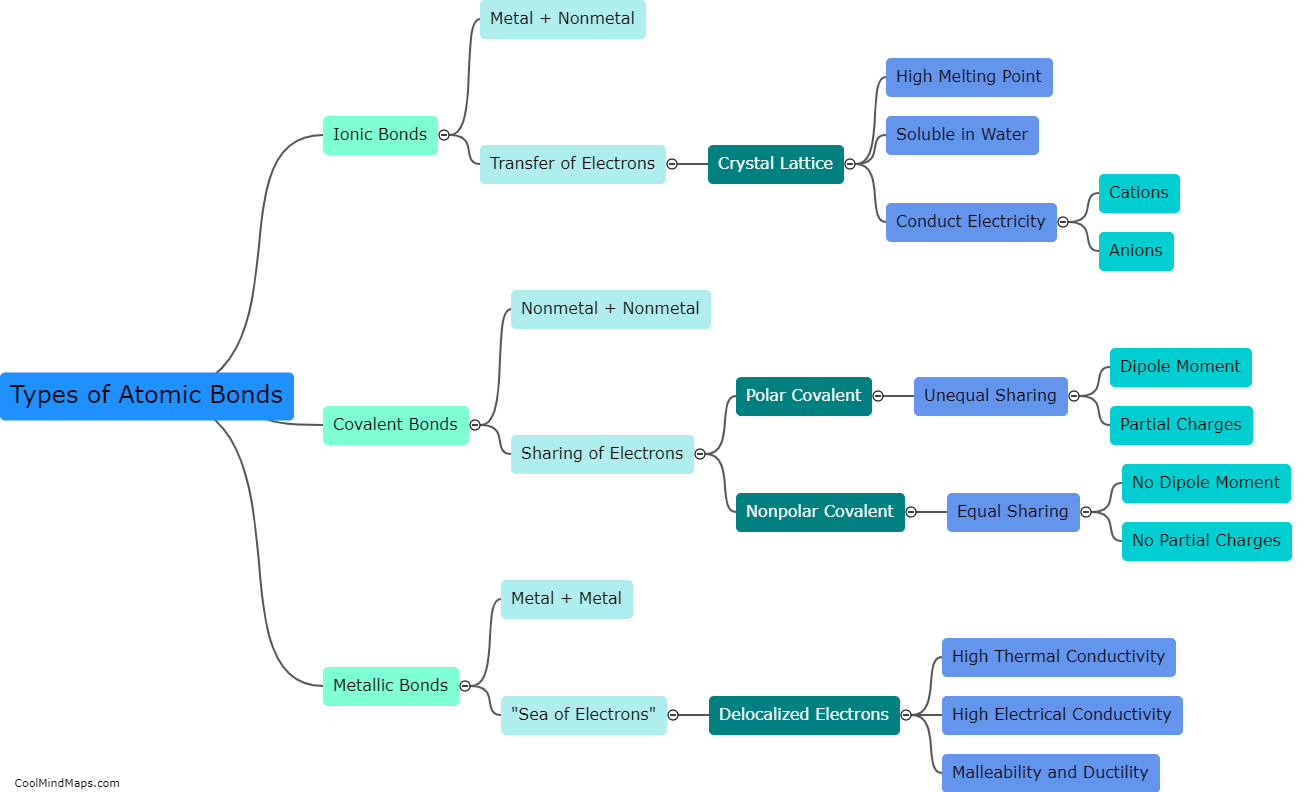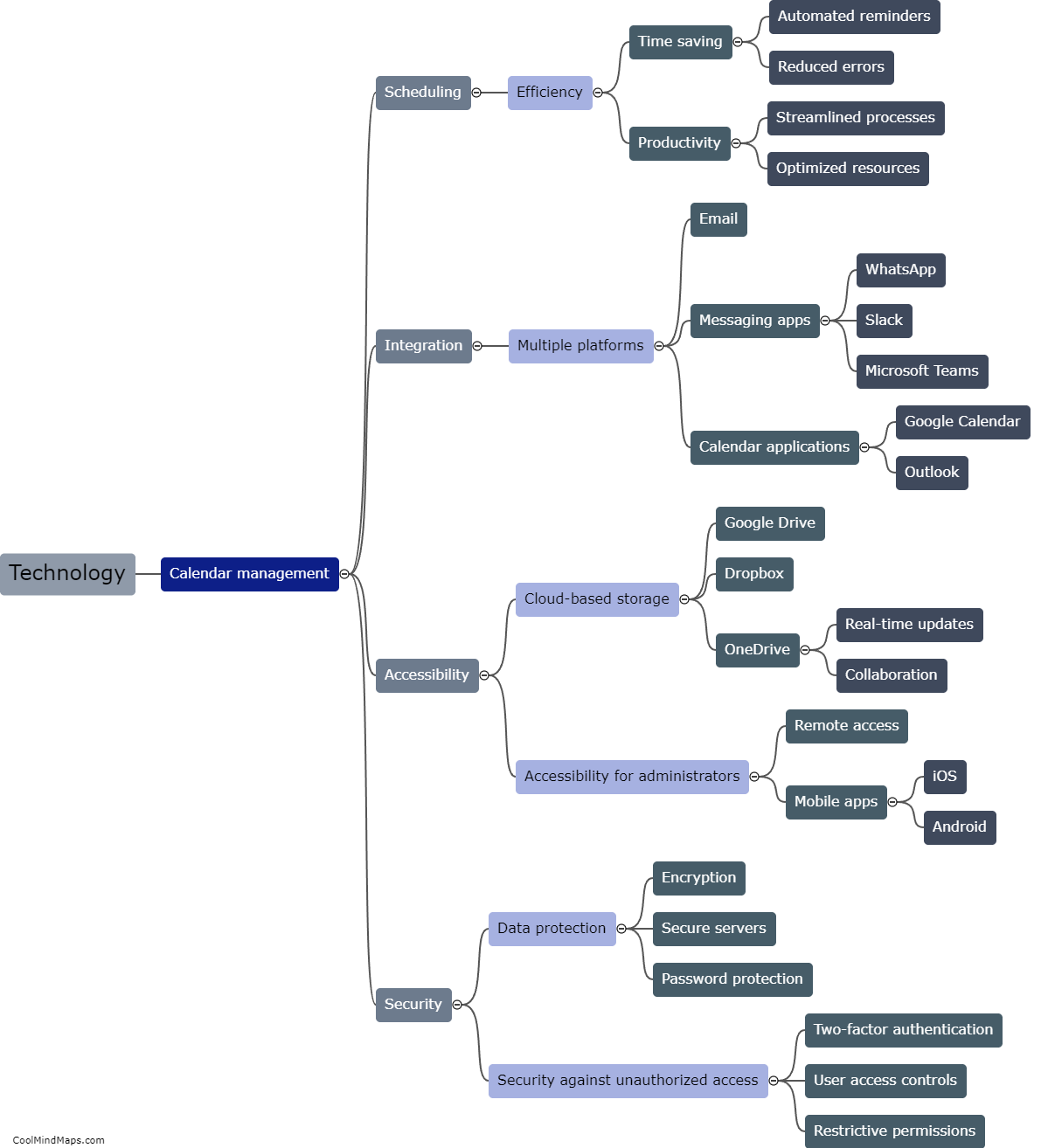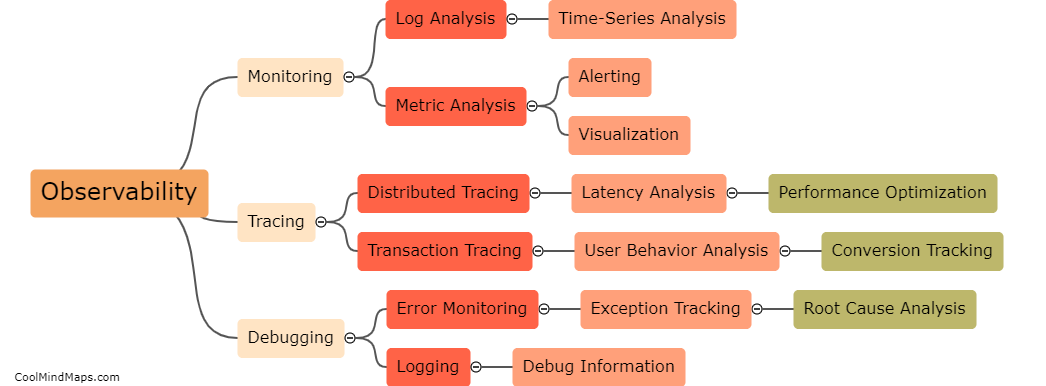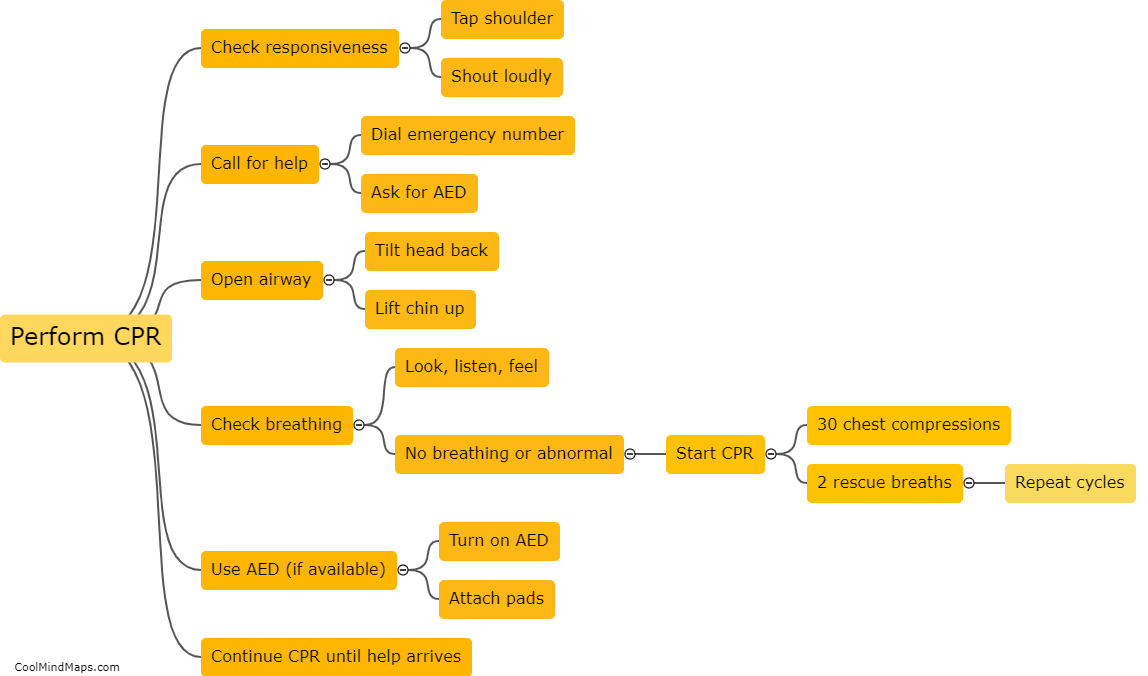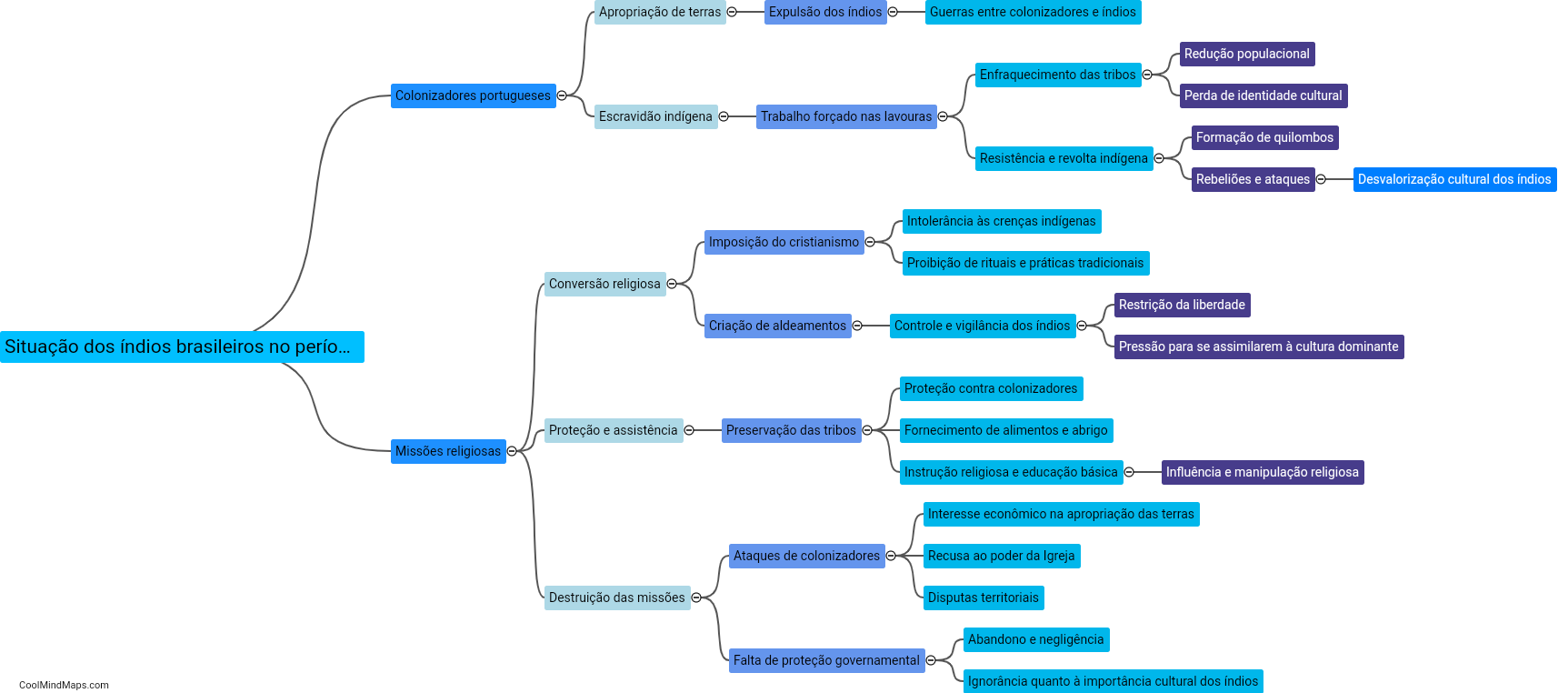How do Greek and Shakespearean tragedies differ in terms of structure?
Greek and Shakespearean tragedies differ in terms of structure in several key ways. Greek tragedies typically consist of a prologue, parodos (choral entrance song), alternating scenes of dialogue between characters and choral odes, and an exodus. These tragedies also adhere to the principle of the "three unities": unity of time, place, and action. They usually focus on a central protagonist's downfall due to a tragic flaw, while exploring universal themes of fate, hubris, and the consequences of actions. On the other hand, Shakespearean tragedies, like "Hamlet" or "Macbeth," employ a five-act structure that typically includes an exposition, rising action, climax, falling action, and denouement. These tragedies often feature multiple subplots and a large cast of characters. While both Greek and Shakespearean tragedies explore the intricacies of the human condition and the consequences of tragic flaws, their structural differences reflect the distinct theatrical traditions and conventions of their respective time periods.
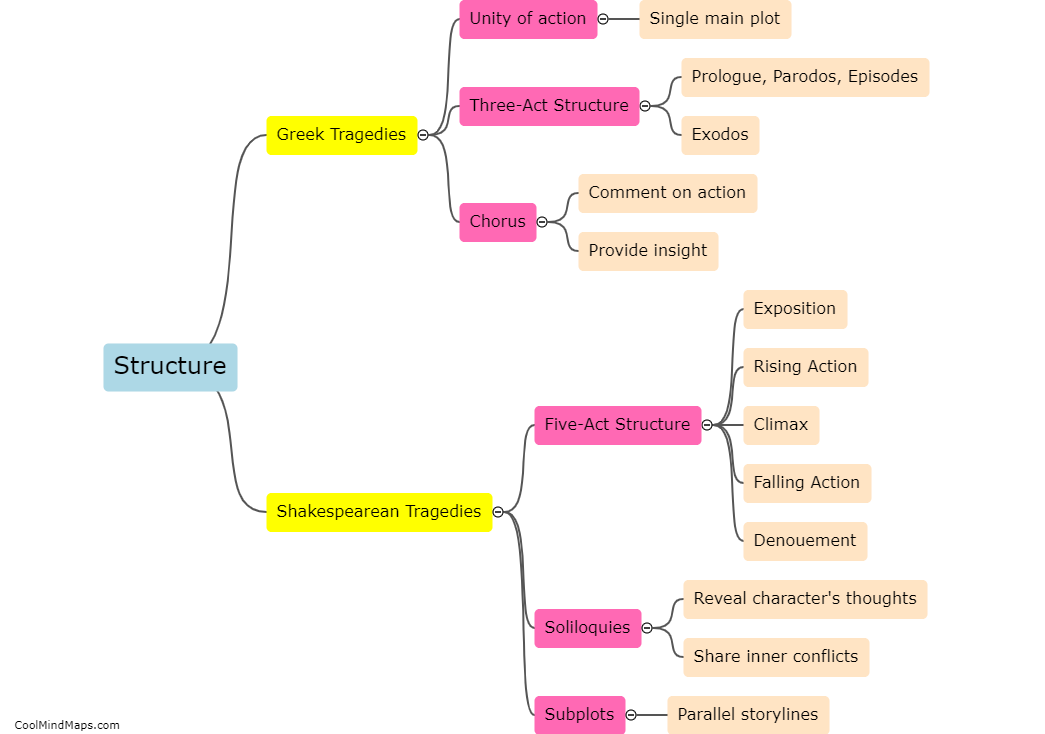
This mind map was published on 10 August 2023 and has been viewed 289 times.


